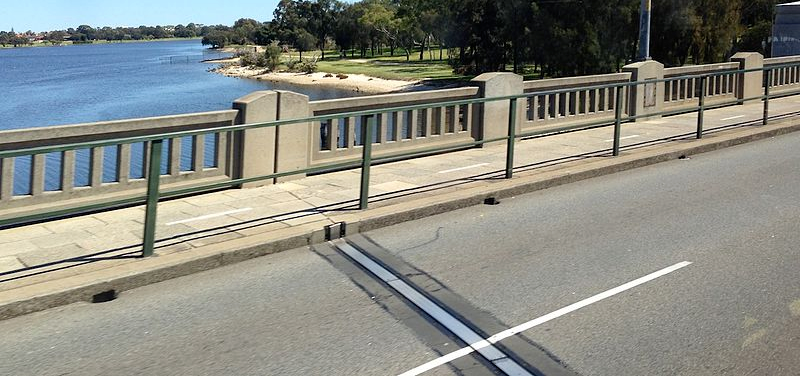A recent tweet asked…
The short answer
Use widely accepted web standards and a well-supported CMS. Make content and layouts editable as much as possible/reasonable. Design for responsiveness and accessibility, use worst case scenarios where content is concerned, and allow for graceful degradation. Adopt a sensible information architecture. Go for loose coupling of any third party services so others can be swapped in. Plan for horizontal scaling. Make the client own relationships with critical third party providers (hosting, domains, ESP, analytics, etc). Have plans for downtime, backups, and security patching. Put processes in place for ongoing testing, review, and improvement.
The long answer
I occasionally help people write website briefs. I used to write responses to them too. So I’ve come across this question a few times myself.
The first time round, my reaction was probably along the lines of ‘Well, if I knew how the web was going to change over the next few years then I wouldn’t be doing this job’.
There’s also a temptation to read this sort of question as a coded message meaning “We want this website to last 5-8 years with minimal ongoing spend. How can you make that happen?”.
Which is fair enough really (to some extent). You want to spend your budget on new features, not frantically trying to tread water with a core website that hasn’t been built to last.
And besides, future-proofing is common sense in plenty of other areas.
A quick comparison…

Expansion joints, like the one above, are used in large structures like buildings, bridges, and railway tracks. They allow concrete and steel to flex in response to changes in heat, pressure, and seismic activity.
When you’re building a bridge (I assume) you have to answer questions like…
- are we putting this thing in the right place?
- what sort of traffic volume does it have to bear now and how might that change in the future?
- how will the materials involved behave under a range of likely conditions?
That’s not too dissimilar to the considerations that go into building a website. And a website is a heck of a lot easier to tweak than a bridge.
What might change?
Some changes will be instigated from within an organisation, and others will be imposed by outside circumstances. Here are some examples of each…
Internal changes:
- The core offering or new activities
- Branding/design
- Content
- Integration of new or alternative 3rd party platforms
- Who they choose to be their web agency
External changes:
- Changing expectations of users
- The demands of funders
- New legal requirements
- Increasing proliferation of devices people use to access the website
- Significant changes in the number of people accessing the website
Some of these changes are more likely than others, and some are easier to absorb than others. In some cases, a bit of foresight may go a long way towards making change easier and cheaper to deal with, but significant additional work will be unavoidable.
A good web design agency will know from experience where flexibility will be needed, and will be able to anticipate additional changes that might come along. Many will take account of these without thinking of it as ‘future-proofing’.
As for what steps will go towards mitigating the effects of these changes, I refer back the Short Answer above.
Maybe the phrase ‘future-proofing’ is loaded with connotations of gazing into crystal balls. Maybe ‘adaptability’ would be a better way of putting it.